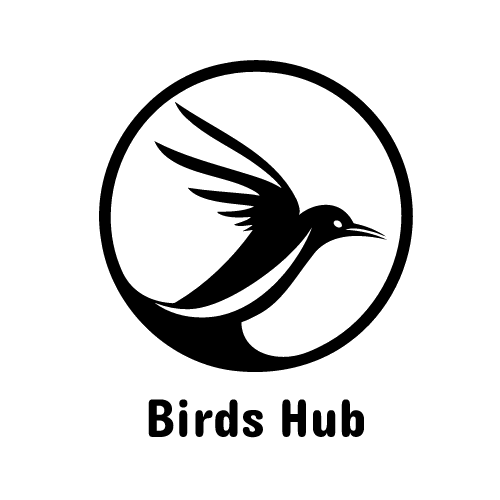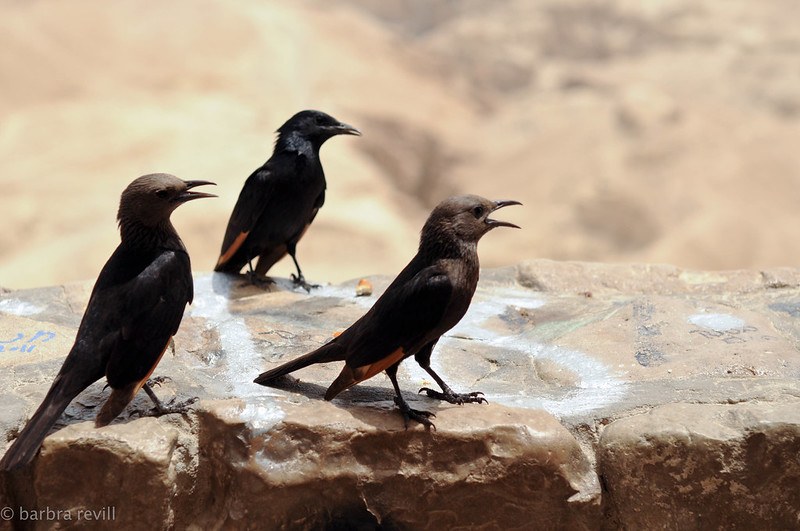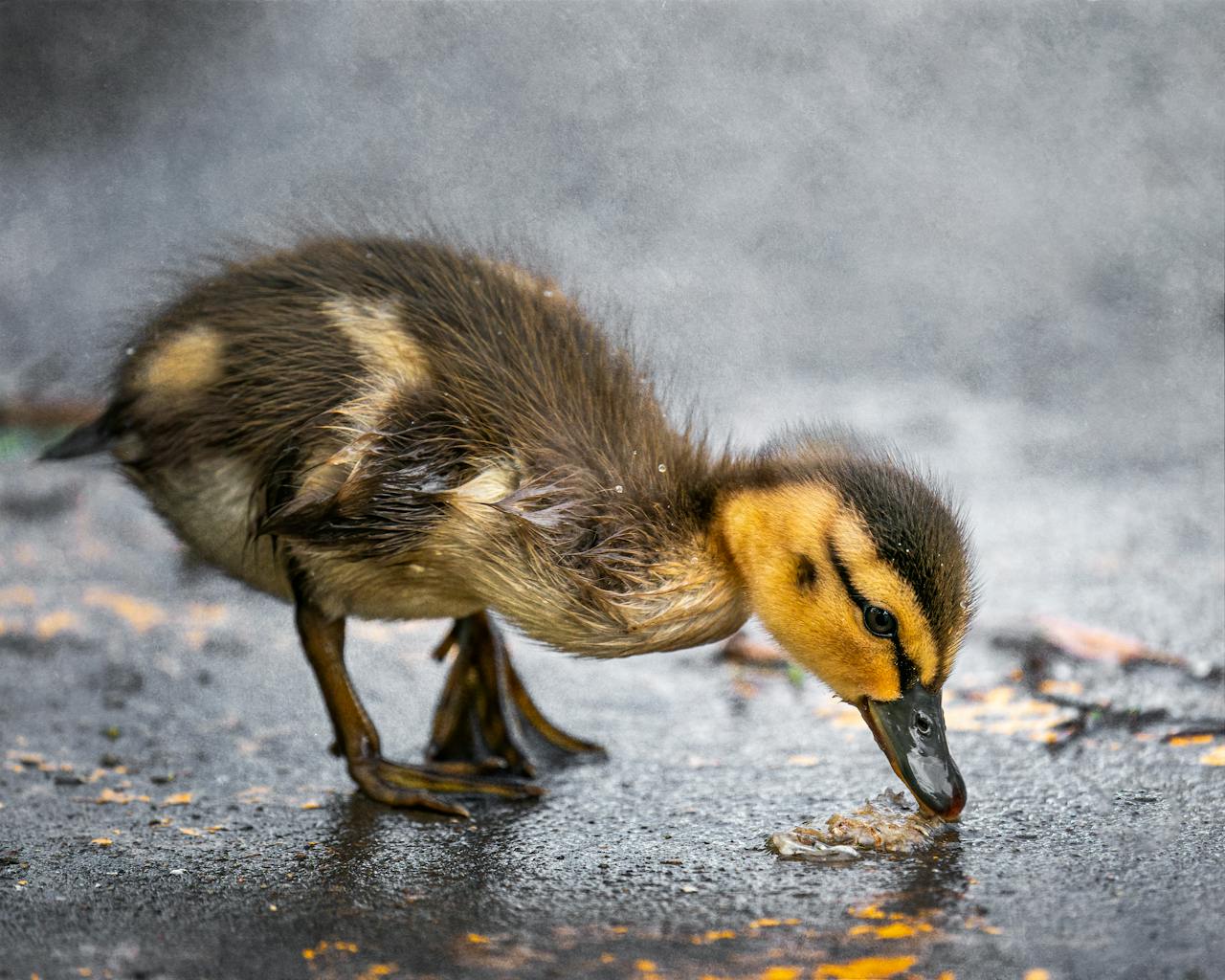Birds can be very dangerous, in some cases. In the US, there are an estimated 4.5 million bird strikes every year, which have caused over 200 human fatalities since 1988.
On the face of it, a bird attack sounds like a joke. They’re small, they’re feathery and most of them are harmless to humans. But as these videos show, some birds aren’t afraid to fight if provoked — and their beaks and talons can cause some real damage.
The worst offenders: ostriches, hawks and cassowaries. So what do you do if you find yourself on the wrong end of a bird attack?
Don’t run! Running will only trigger their instinct to chase. Instead, slowly back away while keeping an eye on the bird.
If the bird is perched on your car or home, try making loud noises (a whistle works well) or throwing objects near it (but not at it) until it flies away.
Beak damage from birds occurs when they feel threatened or during mating season when territorial instincts kick into high gear. If you encounter an angry bird or one that won’t leave your home alone, contact a local wildlife rehabilitator for help relocating the animal so everyone can stay safe.
The most dangerous bird in the world is the cassowary. It is a large flightless bird that can grow as tall as 9.8 feet and weigh up to 167 pounds. The cassowary is known to be very aggressive, territorial, and fast moving. A cassowary has razor sharp talons capable of eviscerating a human being with one swift kick. In fact, there are reports of a cassowary killing a man on his farm in Florida sometime in April 2019.
Can Birds Kill You?
Yes, a bird can kill you.
Bird attacks aren’t that common. There are a few hundred reported cases of bird attacks each year. Some are caused by birds that attack and try to eat people, like owls and vultures. Others are caused by birds that try to protect their eggs or nests, like geese or ostriches. The most dangerous bird attacks are those launched by eagles and hawks.
Many birds have been known to attack humans, but most of them are scavengers or predators. Some birds will go after small animals, but that doesn’t mean they’ll go after people. Birds that kill or attack animals bigger than themselves are rare indeed.
The ones likely to attack humans are those that have had a bad experience with one in the past, such as geese and ducks raised for meat or eggs. Those who are injured or trapped by a human may also defend themselves. The most aggressive types of birds are also the ones who have become accustomed to humans because they’re regularly fed by them.
Domesticated birds can turn on their owners when they feel threatened. And while some species may only peck at someone, others can cause serious injuries with their beaks and claws. Of course, if you’re not sure how an animal will react, it’s best to keep your distance rather than risk your safety.
What Bird Has Killed the Most Humans?
The most dangerous bird in the world is the cassowary, which is native to the tropical forests of New Guinea and far northeastern Australia. Along with ostriches (the only other birds with lethal talons), cassowaries are among the only animals on Earth to have caused human fatalities.
Cassowaries aren’t actually predatory, though: They’re omnivorous, and often eat fallen fruit. However, if a cassowary feels threatened, it can and will use its claws — which can measure up to 4 inches (10 centimeters) long — to slash at anything that comes too close. A single swipe can cause deep cuts, and if the victim doesn’t receive medical treatment quickly enough, they may bleed to death.
Birds have a reputation for being peaceful, and many are. But others are known for attacking. In the United States, birds of prey (hawks, falcons, eagles) will sometimes attack small pets, but this is rare. A few birds, including crows and gulls, will attack people when they feel threatened or their territory has been invaded.
Do Baby Birds Carry Diseases?
You may be surprised to see that baby birds can carry diseases that are dangerous to humans. Baby birds are especially susceptible to disease, because they have weaker immune systems that haven’t yet developed. In addition, they may be exposed to disease through their parents or through the environment they were born in.
If you find a baby bird who is alone on the ground, there is a good chance that it’s not sick. Parents often leave their babies alone for long periods of time while they go out and find food for them. But if you see a baby bird who has fallen from its nest or has been injured in any way, you should always get help from an adult or a wildlife rehabilitation center.
The most common disease is called psittacosis. It is caused by a bacteria and can be transmitted to humans through the bird’s droppings. Birds can also carry salmonella, which can be spread through contact with the bird’s cage or from touching the bird itself. This is a concern for young children who do not properly wash their hands after touching the bird.





Leave a Reply